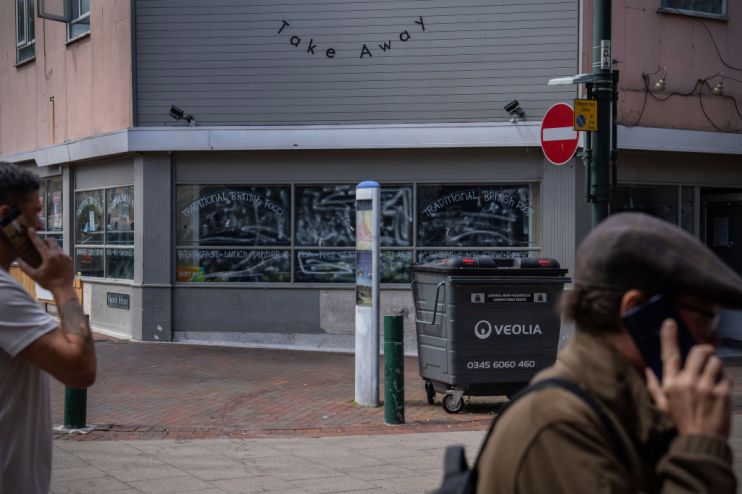High street struggles: 2,000 local stores, pubs and hairdressers wiped away this year

Nearly 2,000 independent local stores were left vacant in the first half of this year, as the cost of living crisis continues to eat away at the health of the high street and small businesses.
Some 1,915 independent businesses on high streets, retail parks and shopping centres closed in the first leg of this year, marking the largest decline in this category in seven years, according to a new study by the Local Data Company.
In the last year, retail and leisure businesses have battled rising energy bills, high interest rates, staffing challenges and the end of business rates relief schemes.
The Local Data Company, said: “Independents have also had to navigate increases in the minimum wage, and mounting supplier costs, all while making repayments on Covid-19 loans.”
“Passing these costs onto the consumer is even more difficult in the face of reduced consumer confidence and a cost of living crisis, where driving up prices risks losing out to the competition.”
Hairdressers were hardest hit by the economic turmoil, with some 441 stores closing in the term.
Estate agents also took a hit as some 221 sites closed, reflecting consumers’ broken confidence in the housing market, as surging interest rates shattered demand.
Some 221 local pubs also closed and 331 self-owned chemists shuttered, as public spending tightened.
However, some businesses have shown signs of thriving, over 300 barber shops and 101 fast food takeaway shops opened.
Independent vape shops, and nail salons also fared well, with the number of openings rising to 86 and 142 respectively.
The figures come during a challenging time for retail, with the collapse of Wilko wiping hundreds of stores off the high street.
Its rivals Poundland and B&M snapped up over 100 stores between them to convert into their own models, but over 200 sites are at risk of laying vacant.
In total, the UK vacancy rate, which includes independent and multiple businesses across high streets, shopping centres and parks, rose from 13.8 per cent at the end of 2022 to 13.9 per cent in the first half of the year, representing the first increase in overall vacancy since the second half of 2020.
Lucy Stainton, commercial director, Local Data Company, said: “Challenges to the market in recent years have tested the staying power of even our best-loved chains.
“What resulted from the pandemic was a stress-tested and relatively resilient retail sector, which has helped to mitigate the effects of the latest economic headwinds.”
She added: “The picture for our independent retail and hospitality operators in the first 6 months of this year is unfortunately less positive, with a significant swing from record growth in the first half of last year to troubling net losses in the first half of 2023.
“As government support lessened and the energy crisis hit, we saw this disproportionally impact sectors like hairdressers and pubs.”